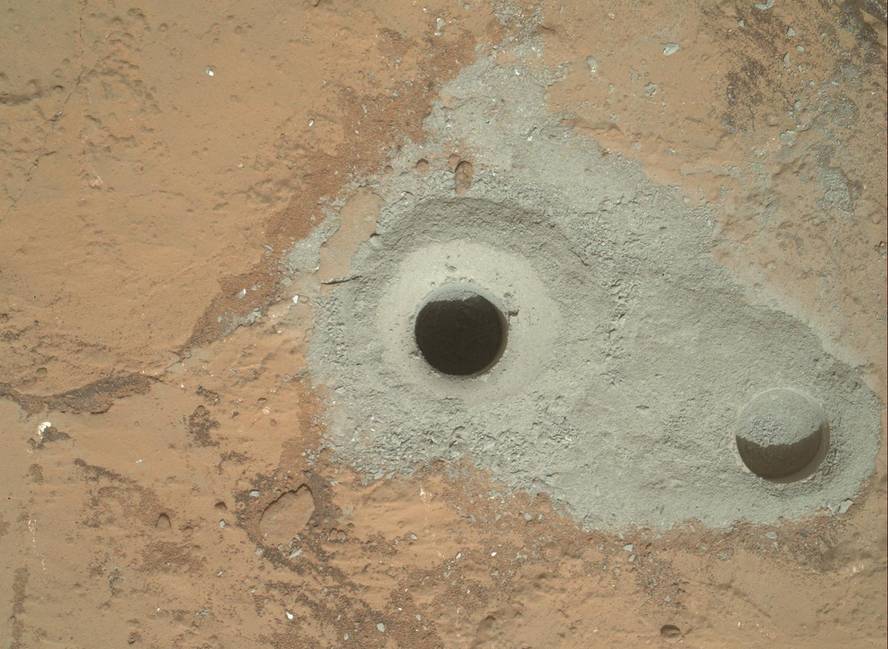The latest clues indicate that Mars could be a good place for life
When the Curiosity vehicle was placed on the surface of Mars, NASA came up with two objectives: on the one hand, look for remains of organic compounds and, on the other, find indications of the conditions for life in an era. Well, they have now announced that they have fulfilled their second goal, recognizing that success in the first goal is very difficult, since organic compounds degrade easily, but the second was not easy. In fact, oxidants and salts that denied the possibility of life have been found in the samples analyzed to date. On this occasion, we have realized the opposite, that is, we have found compounds that allow life and an environment in suitable conditions.
Curiosity took the sample in Yellowknife Bay and was analyzed in the laboratory of the vehicle itself. The results seem to indicate that the place was occasionally part of a river system or a lagoon. In fact, the rock has clay and sulphates and sulphites could be a good source of energy for microorganisms. In addition, unlike other occasions, the environment is neutral or slightly alkaline, so it is appropriate for life.
John Gotzinger, director of the Mars Science Laboratory project, said that “in the coming months and years Curiosity expects new shocking discoveries”. The vehicle arrived last August to the surface of Mars with the aim of operating for two years.





